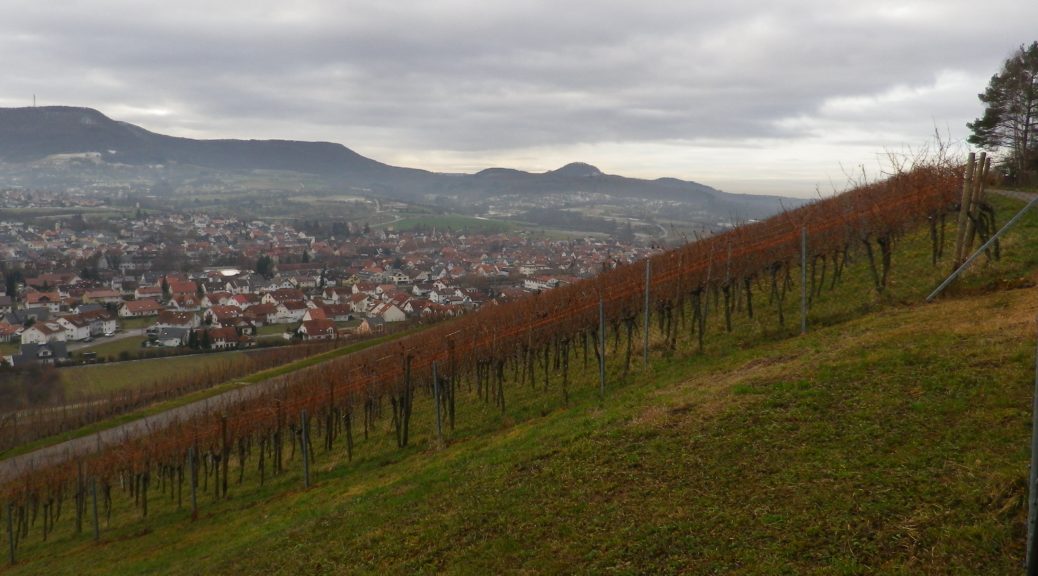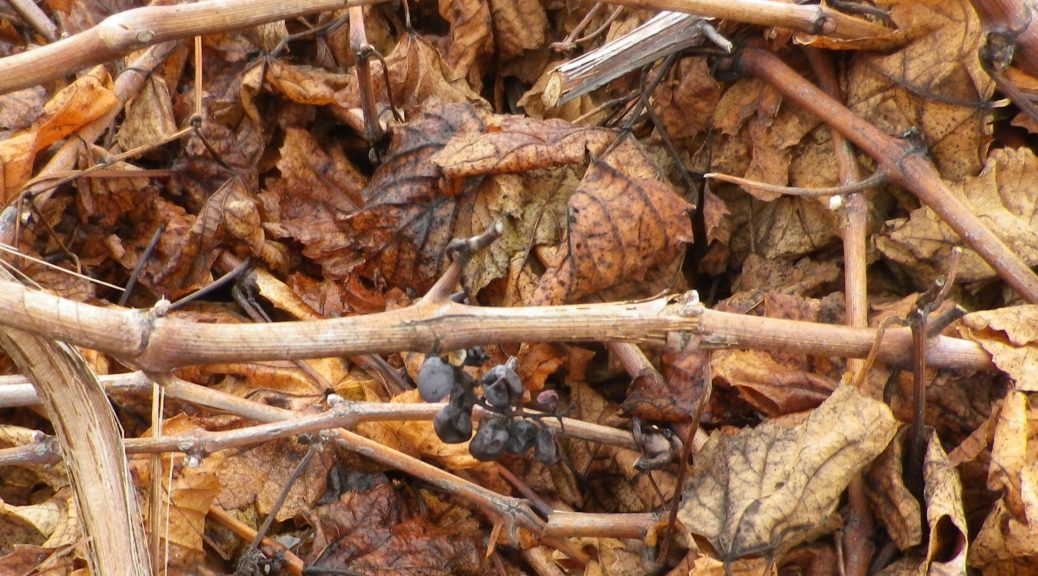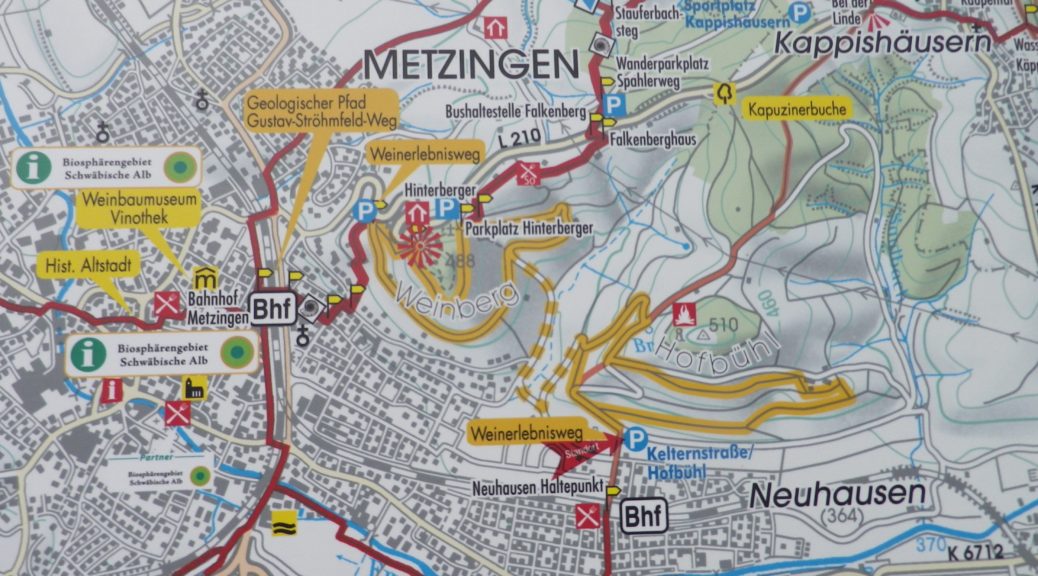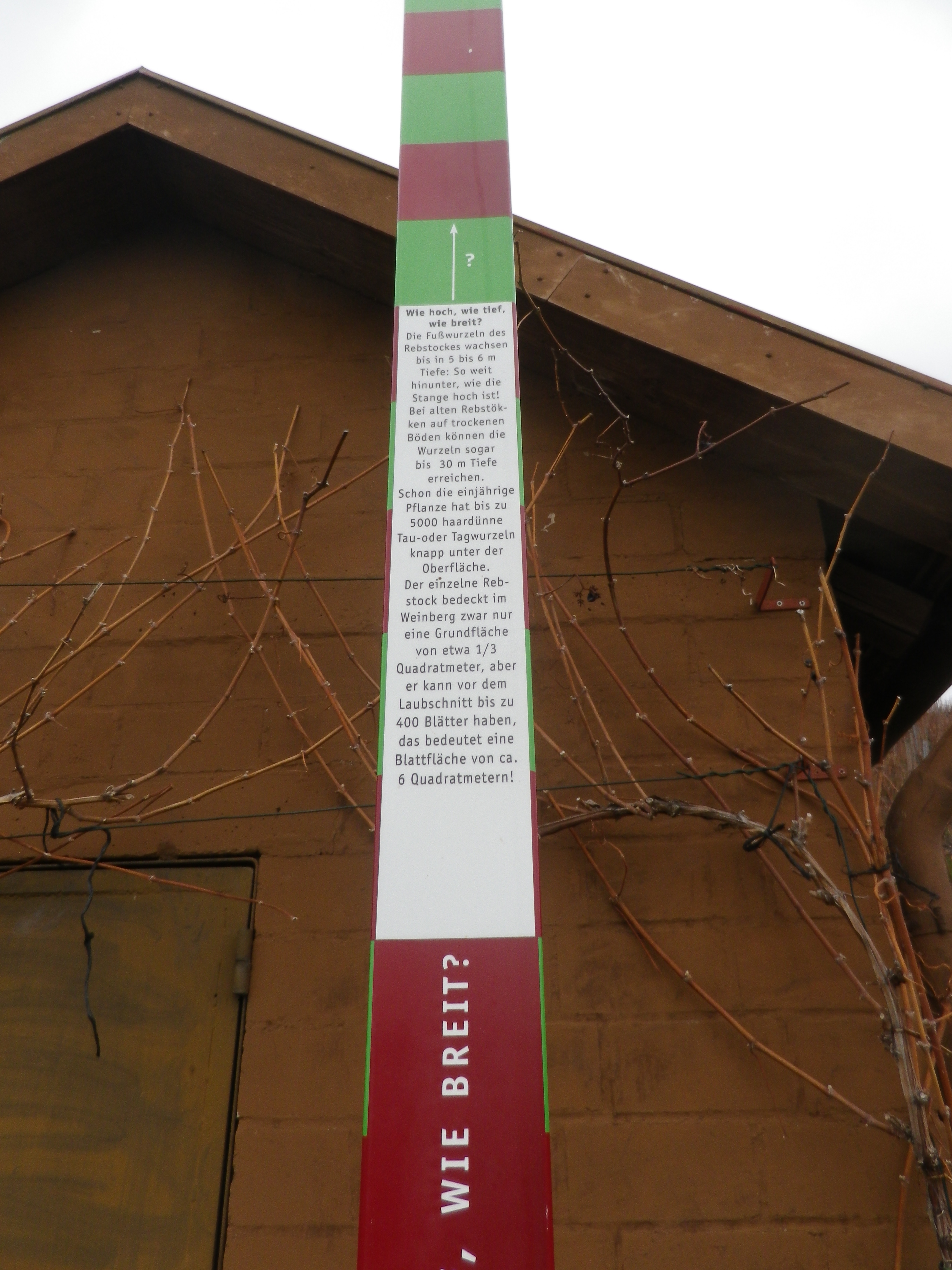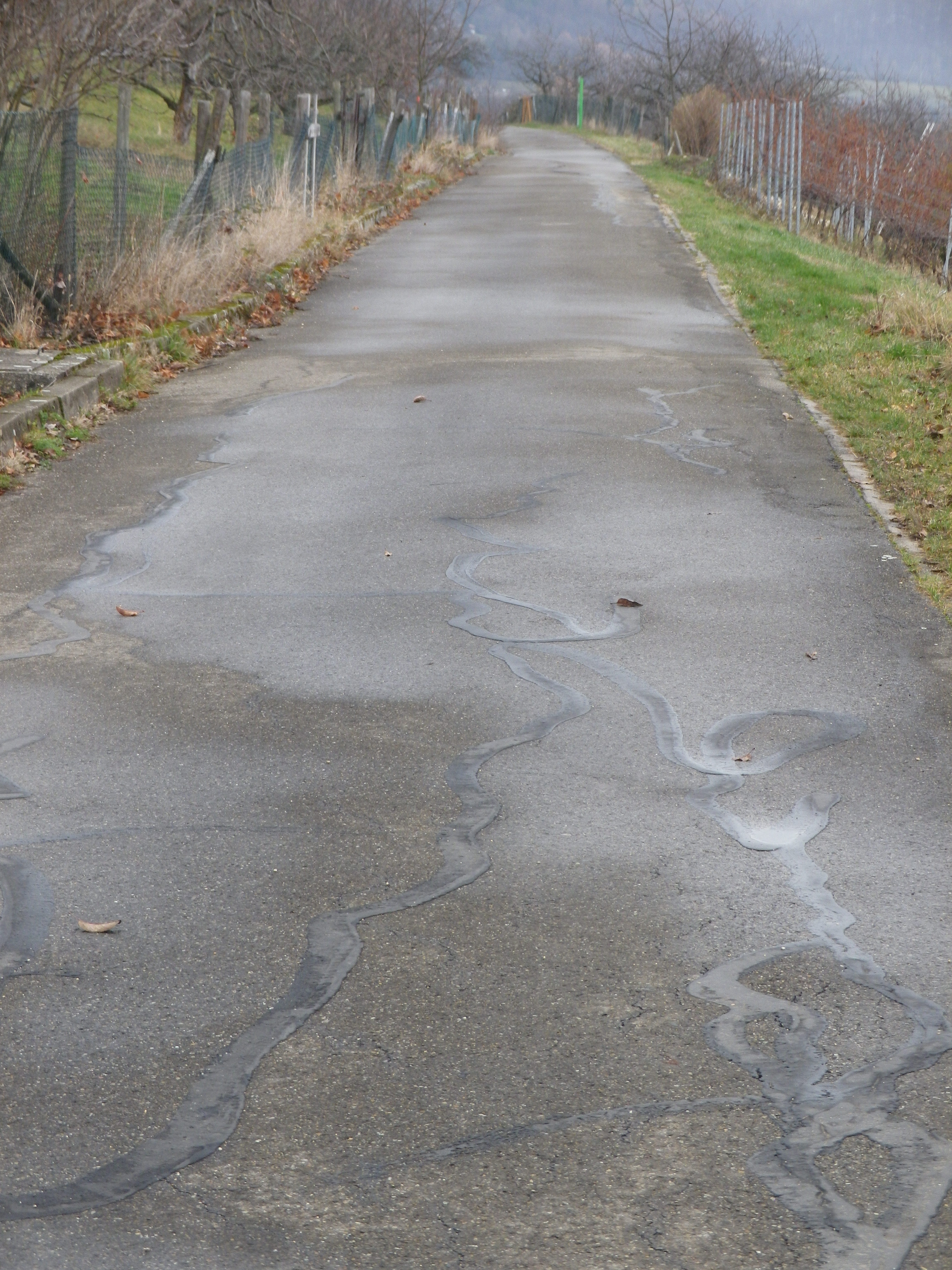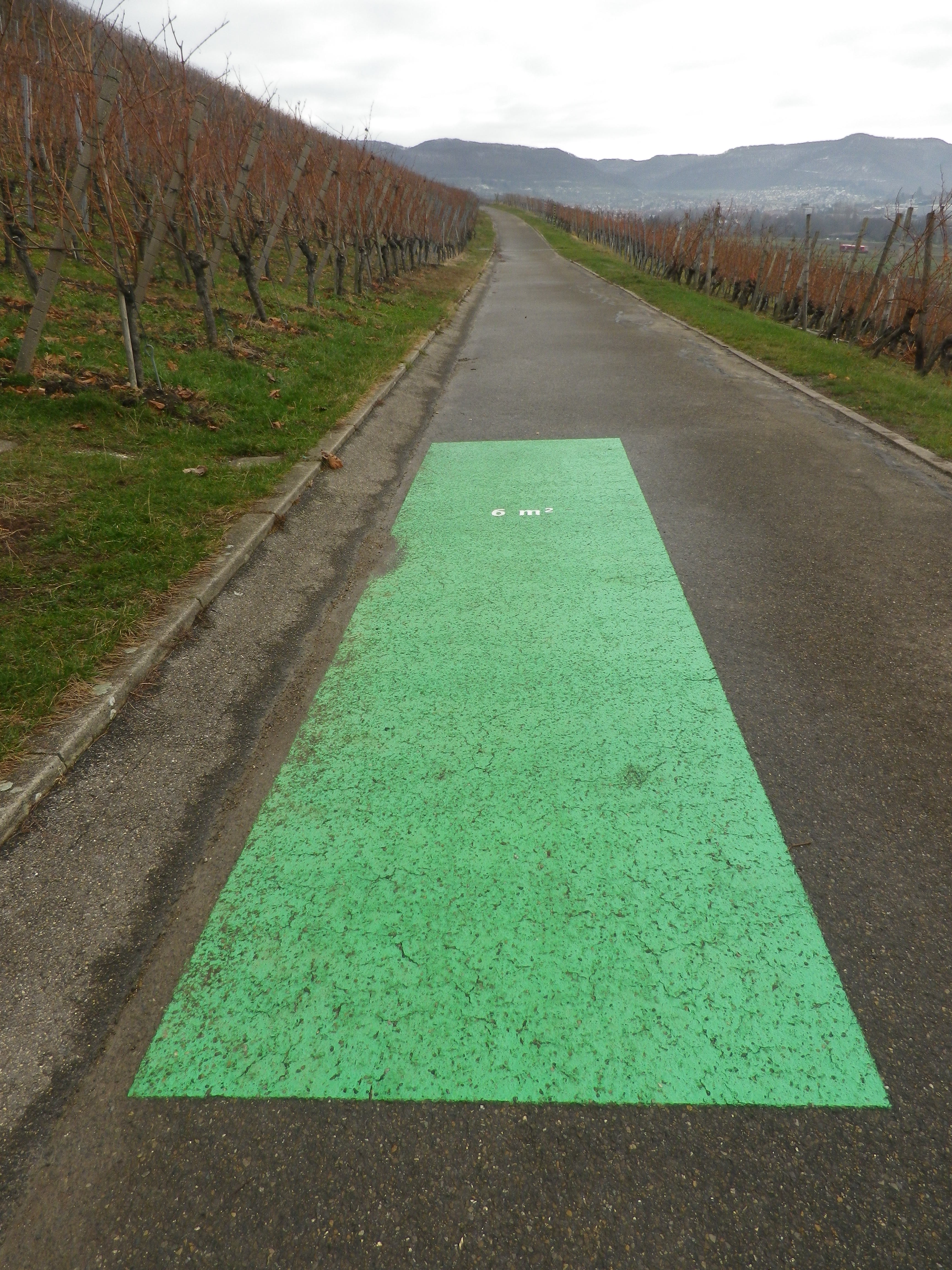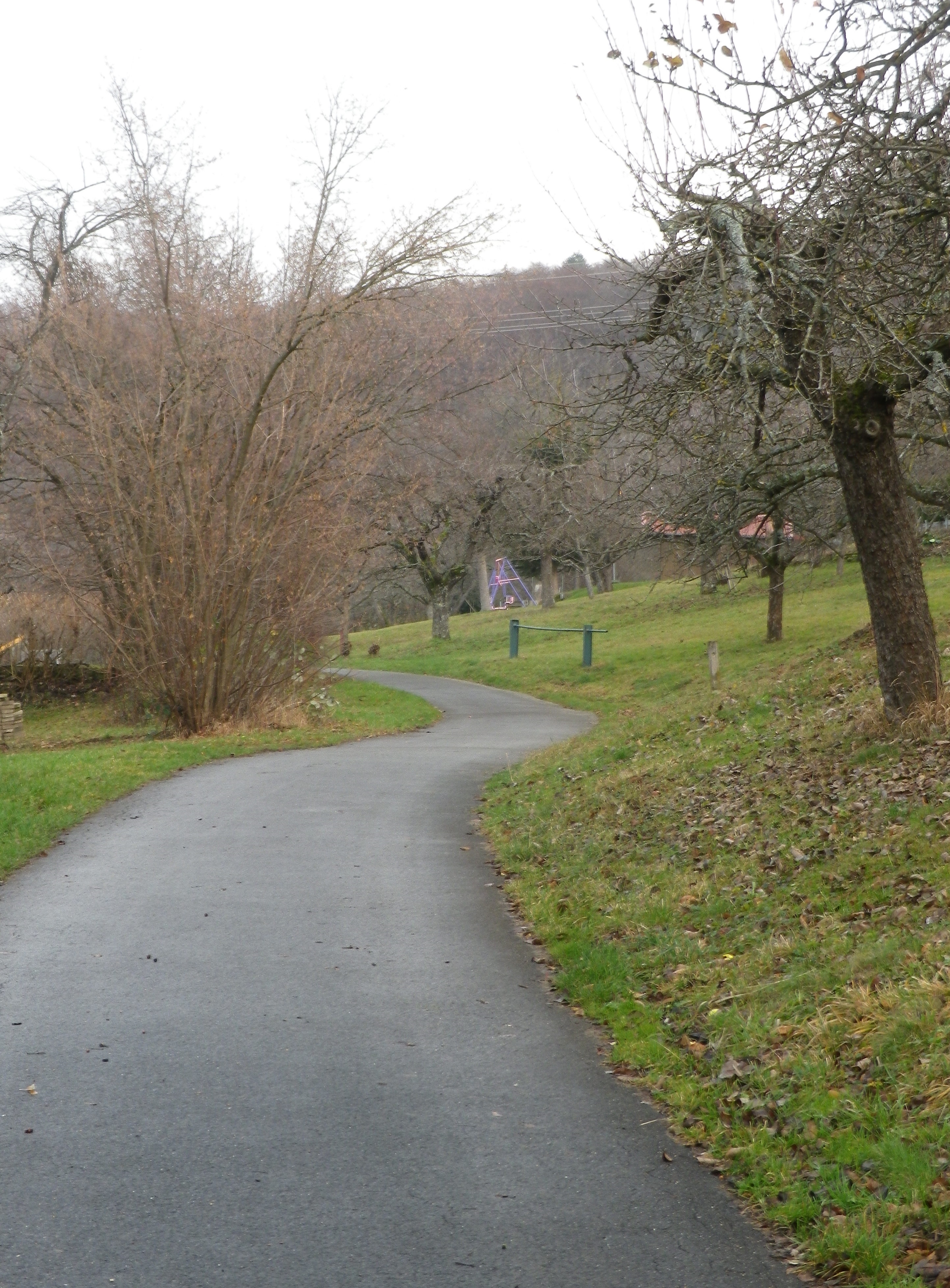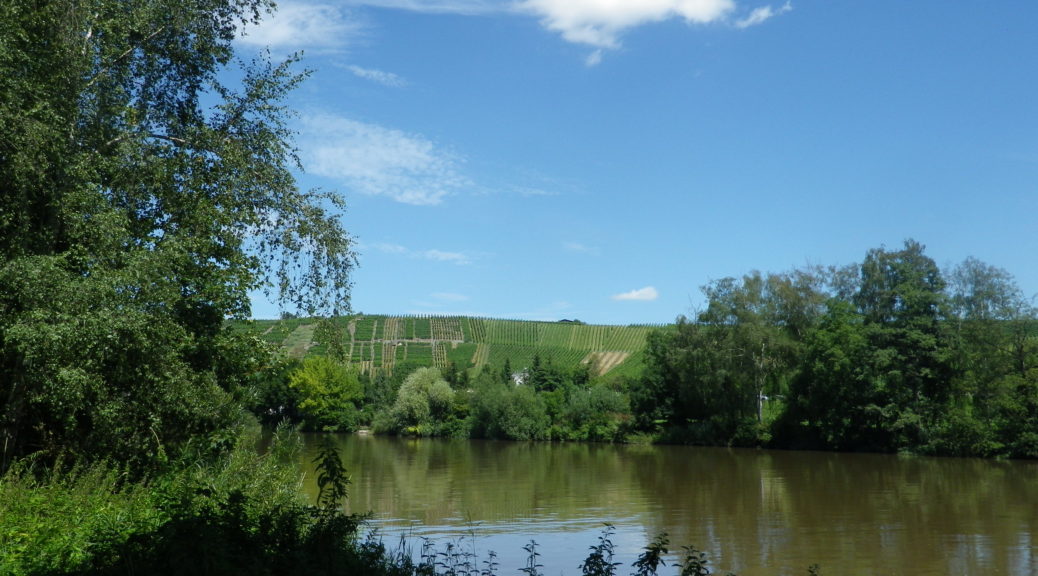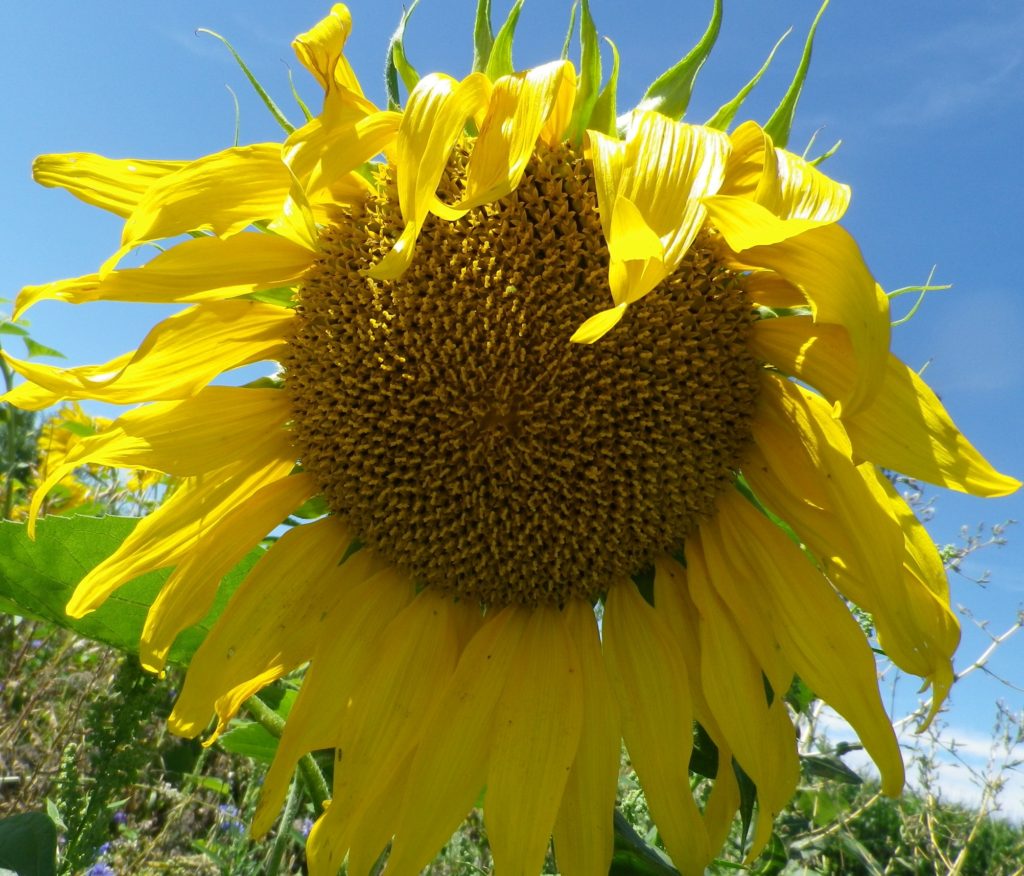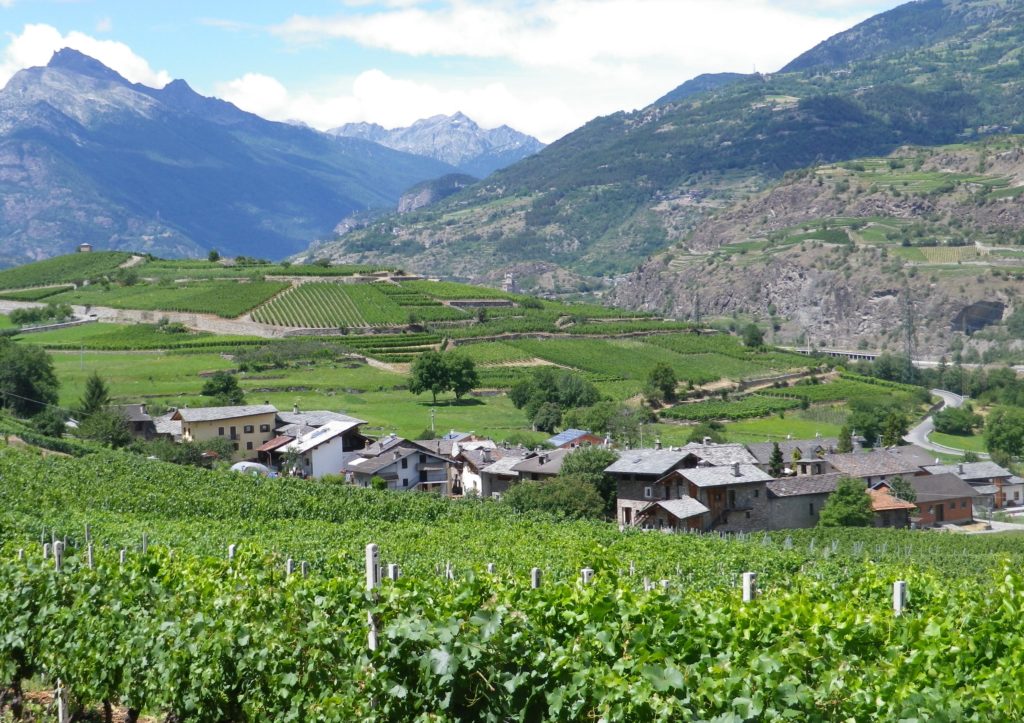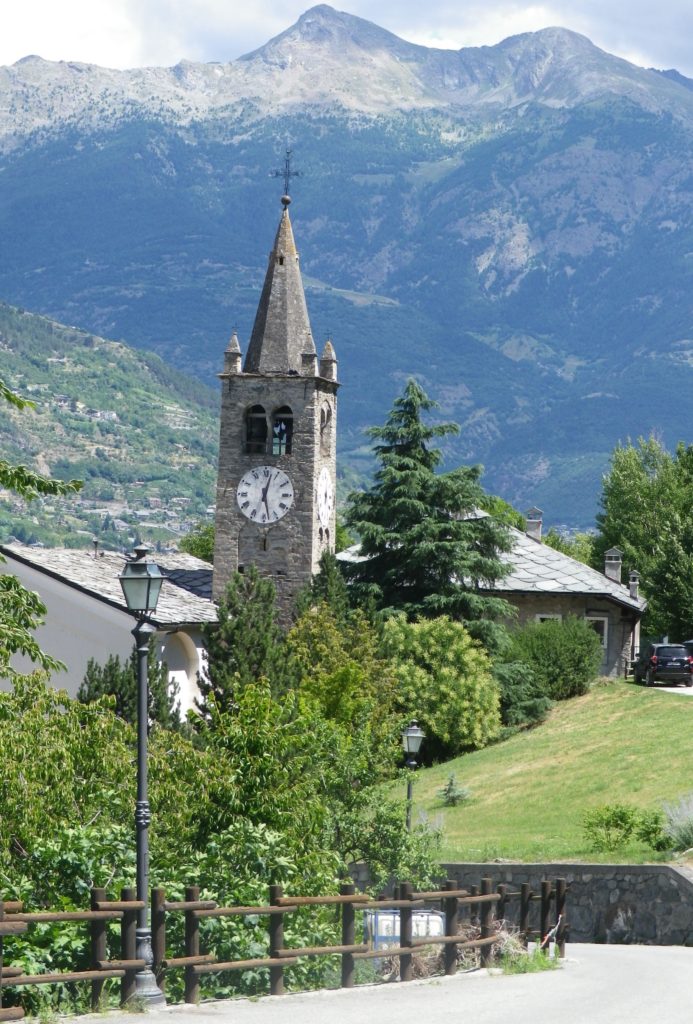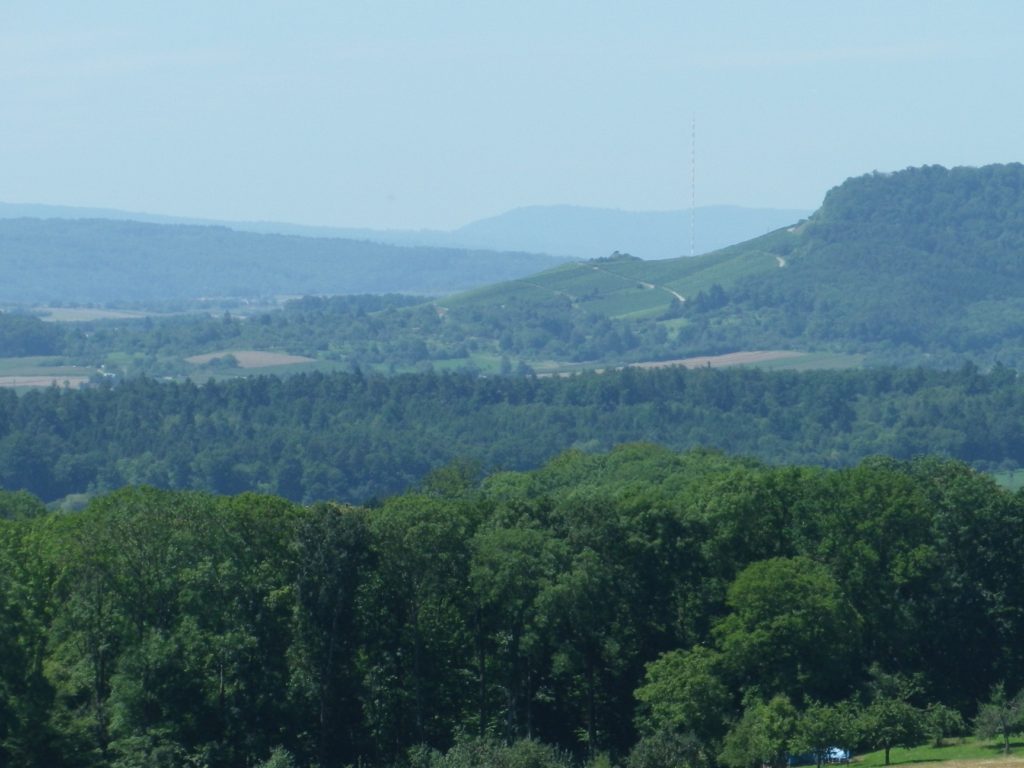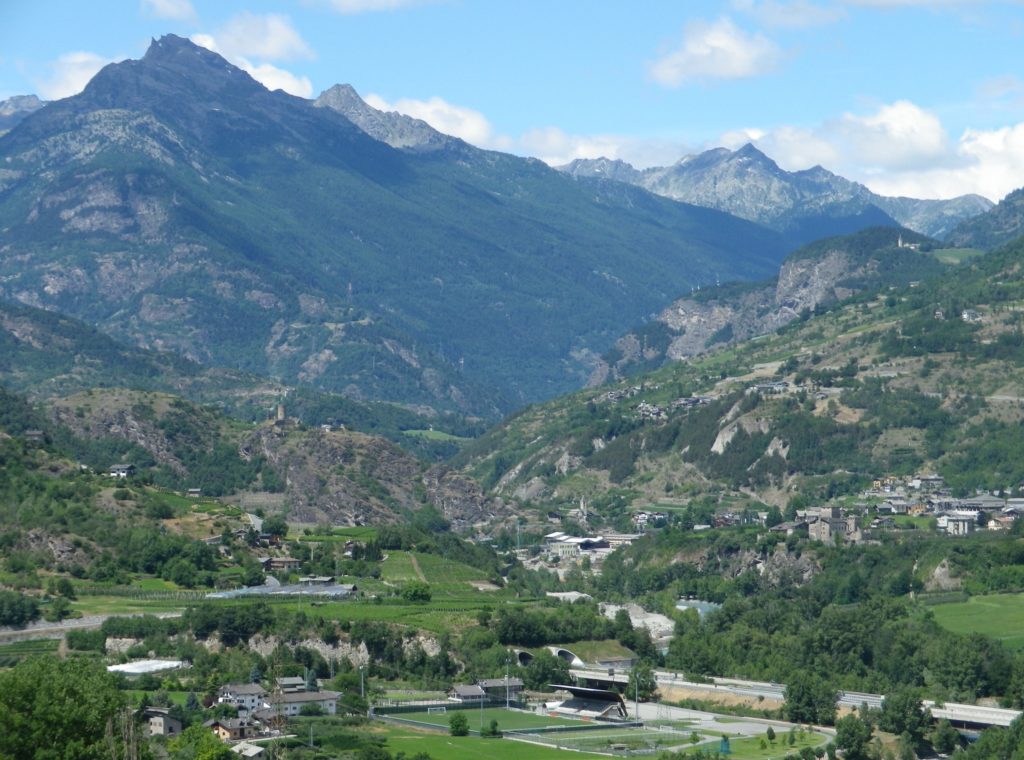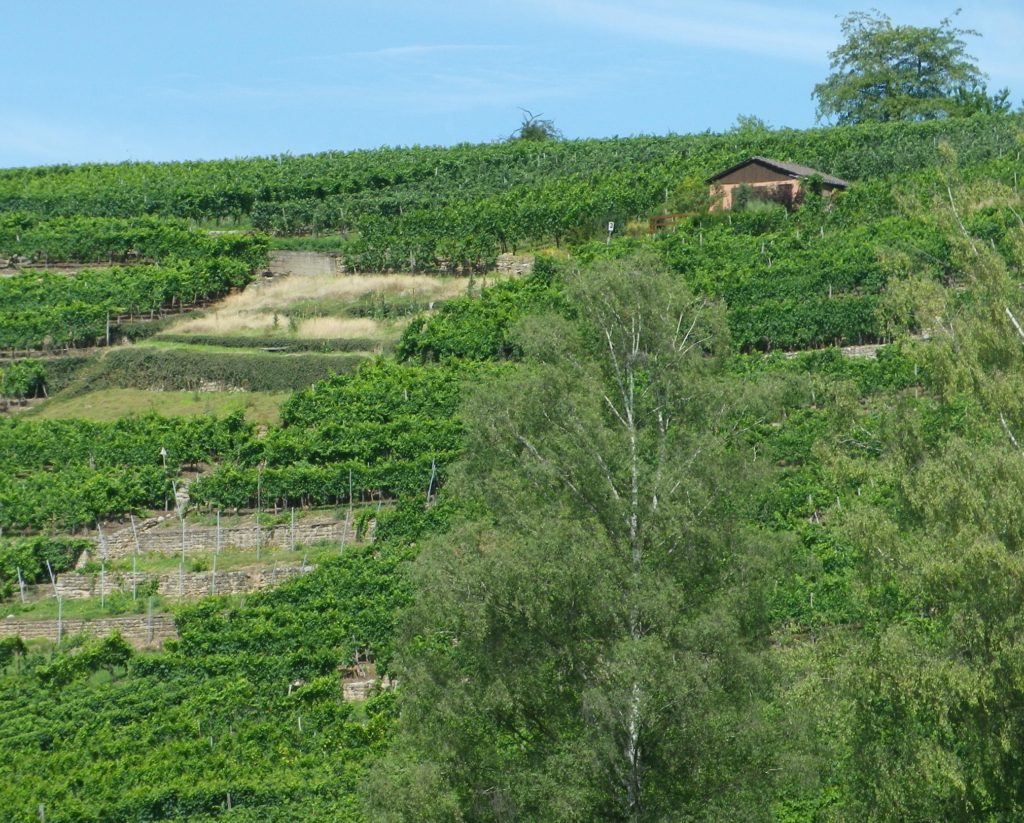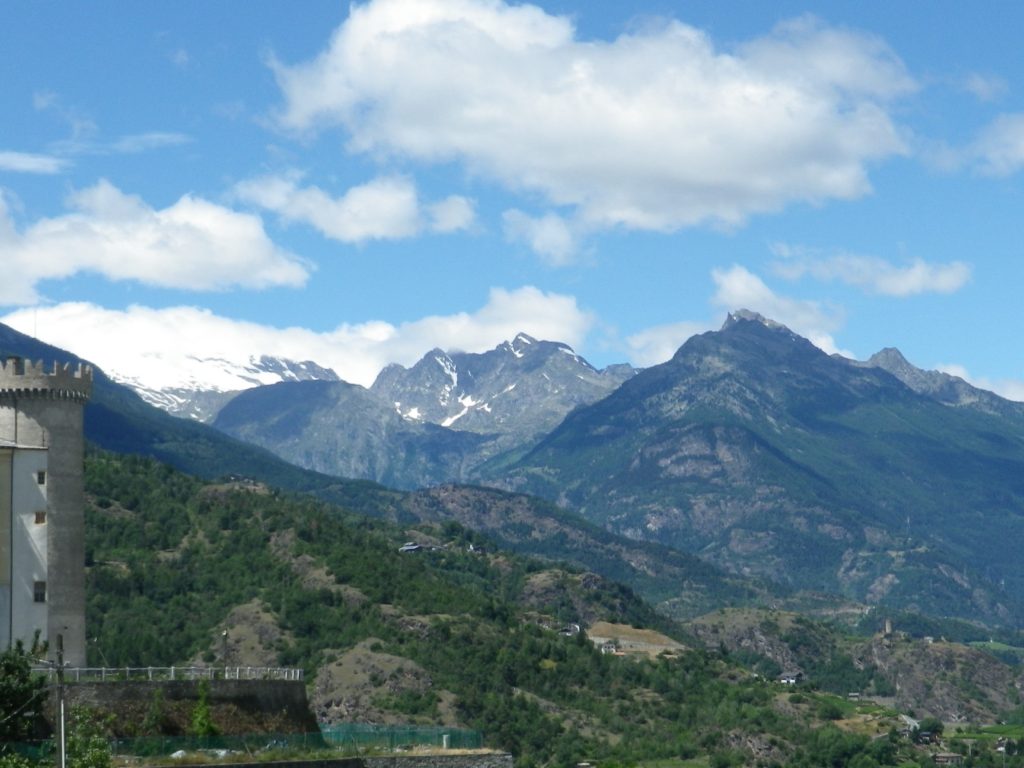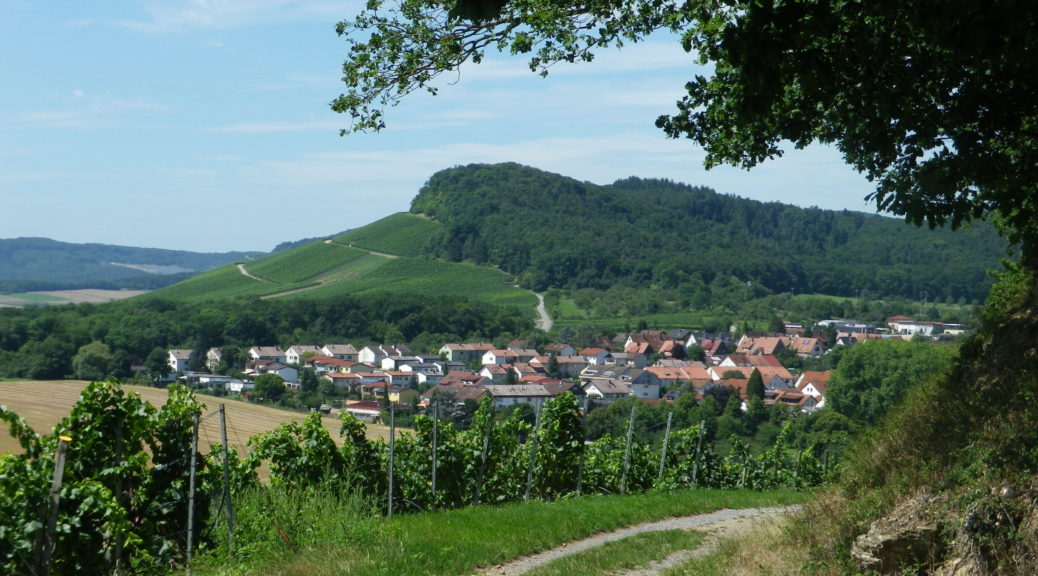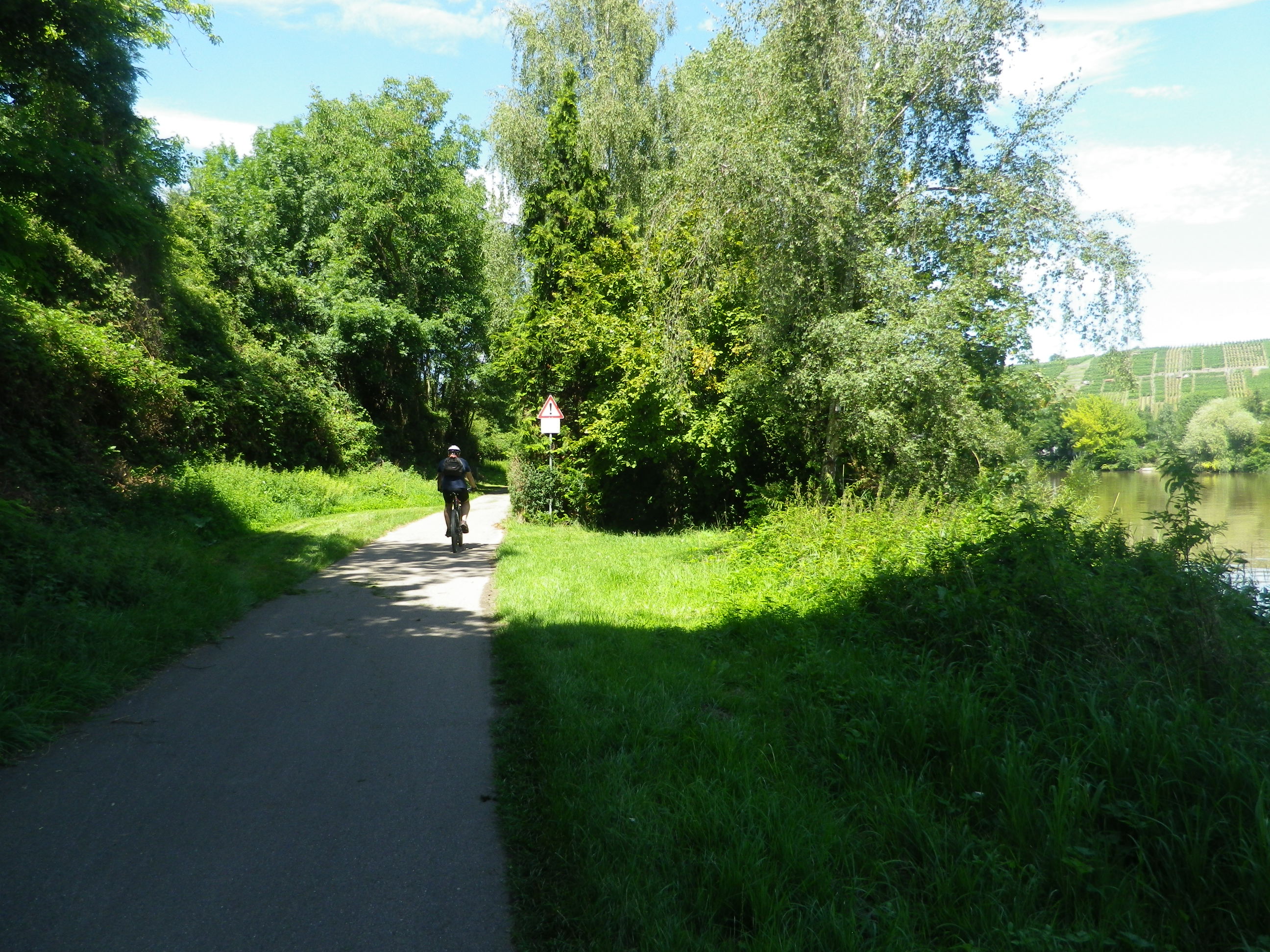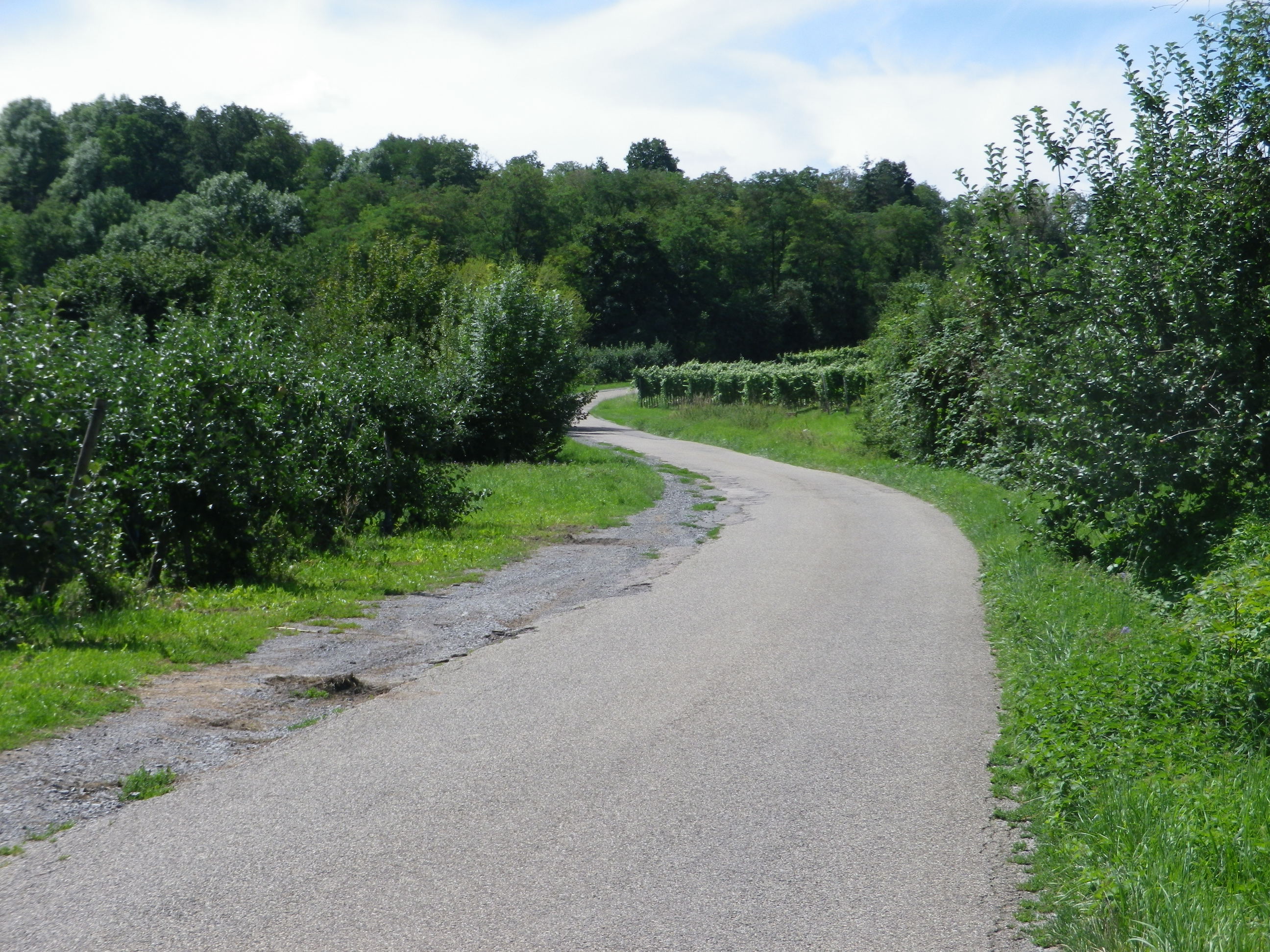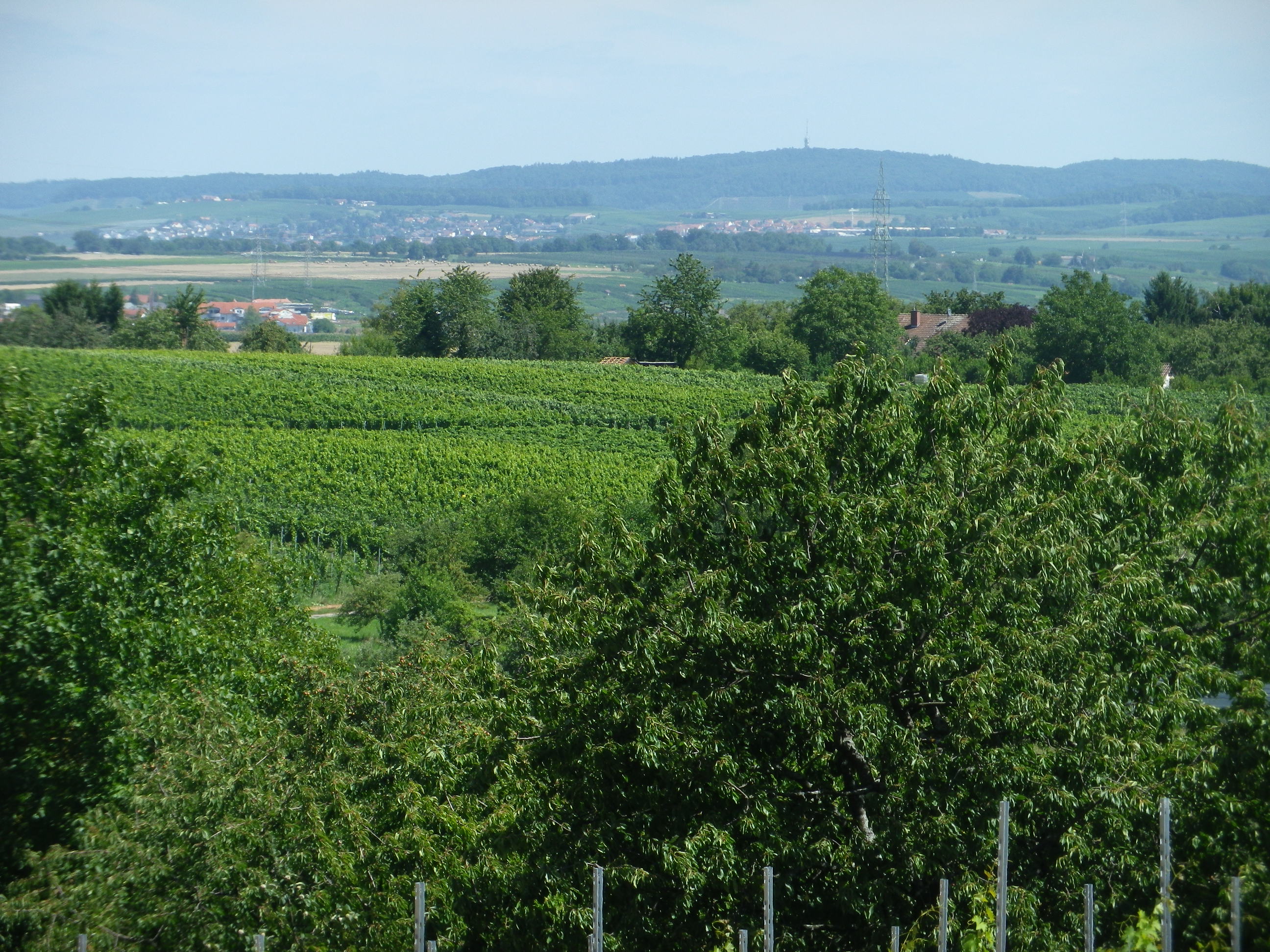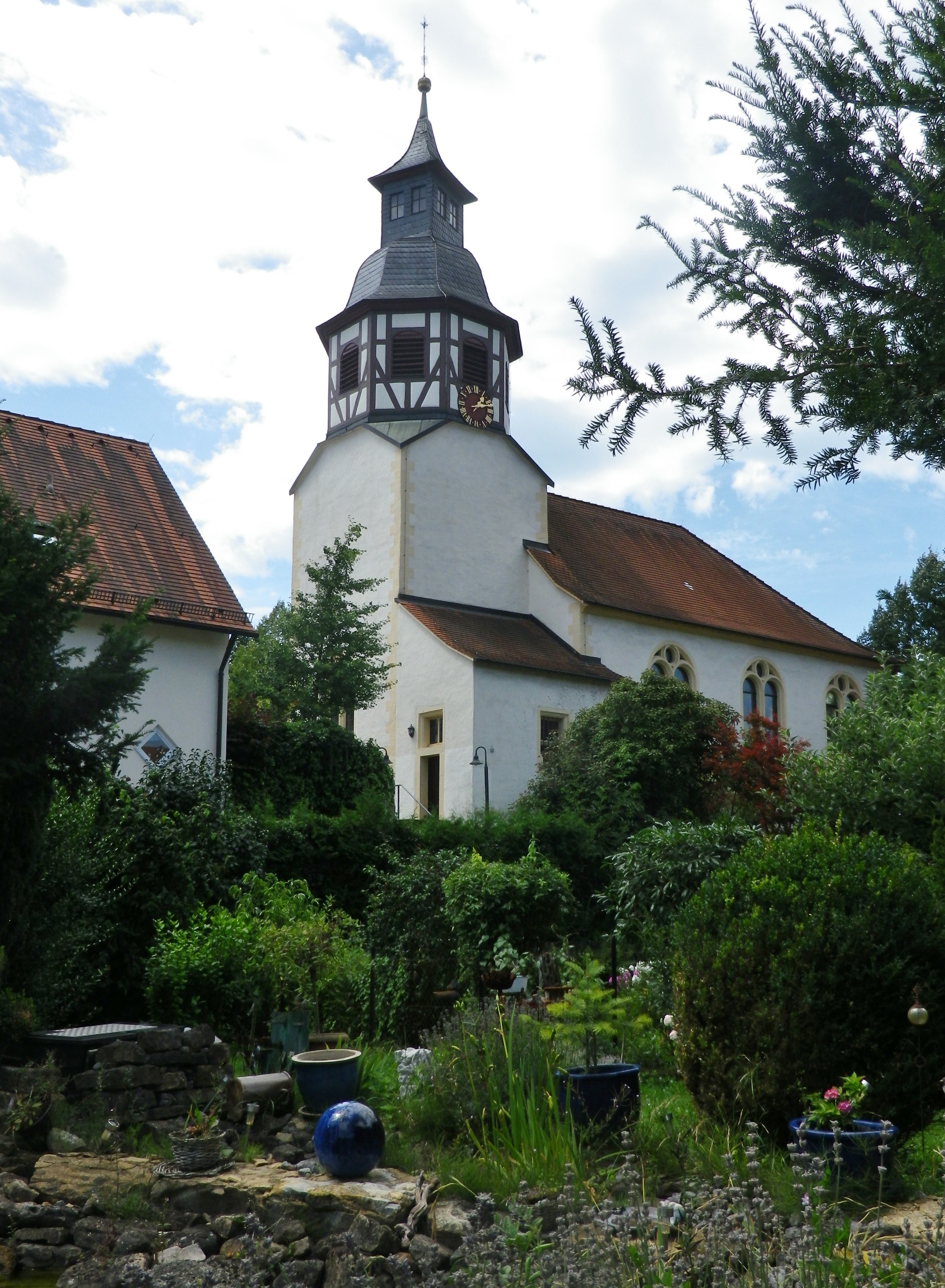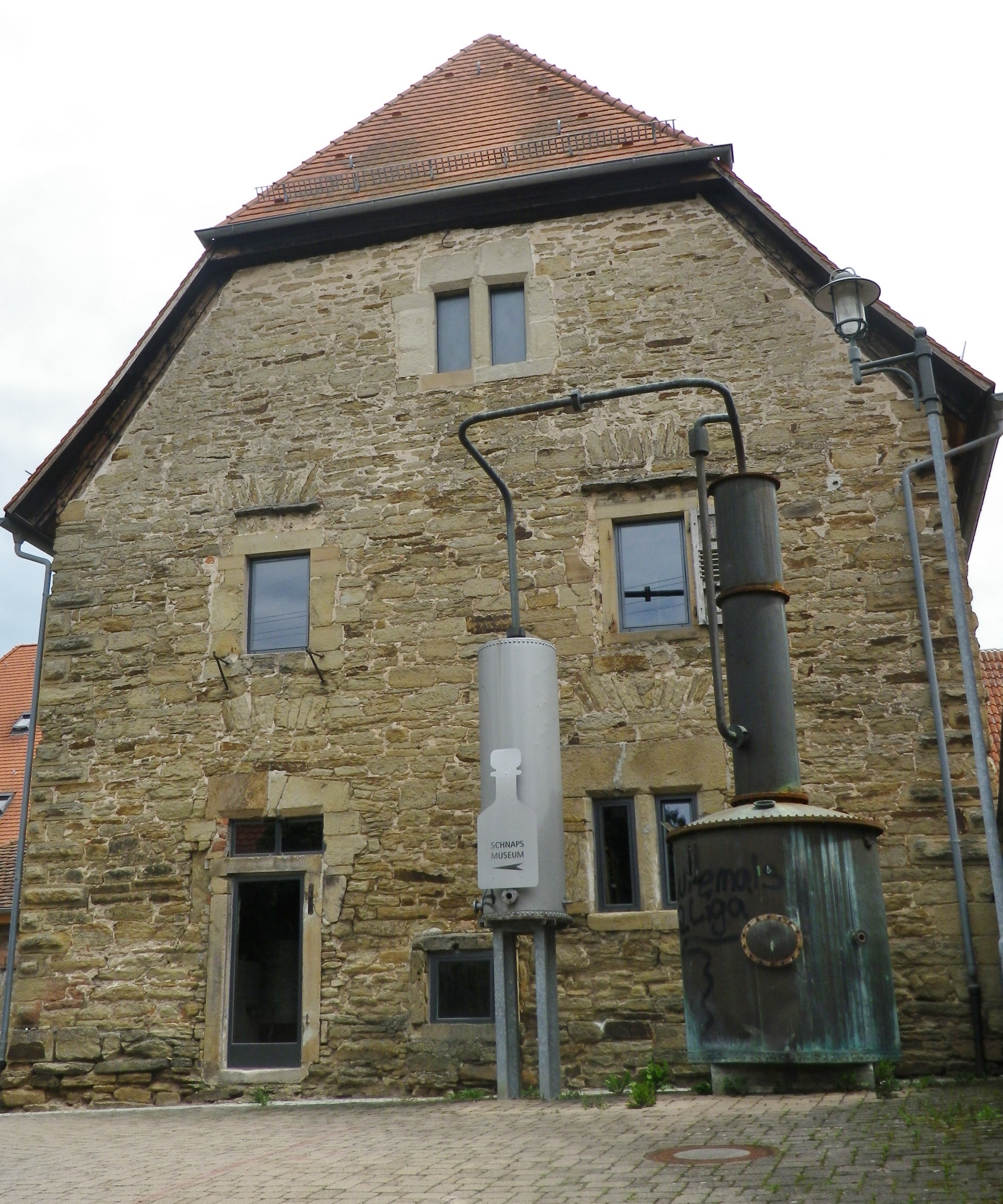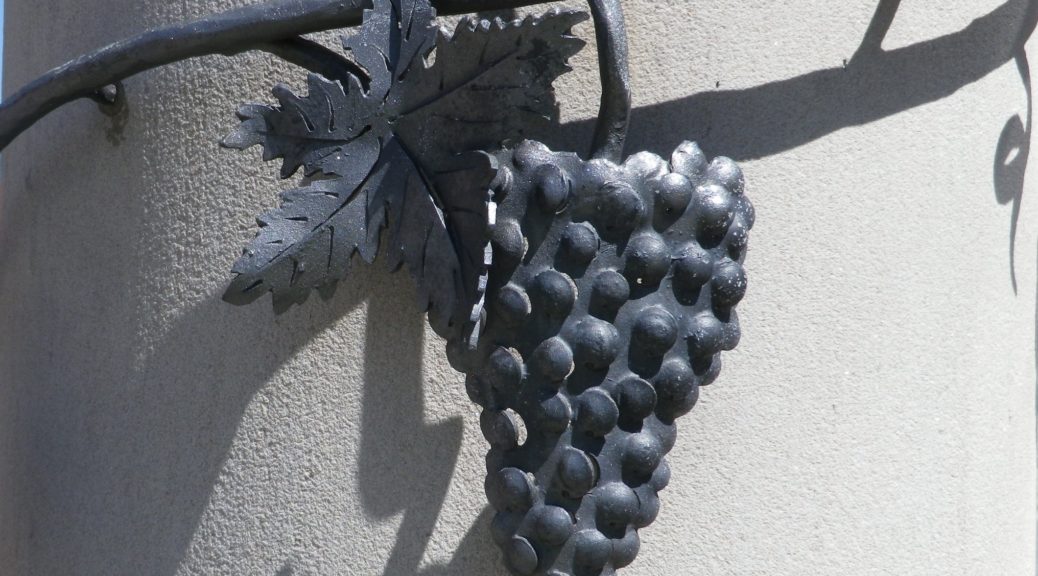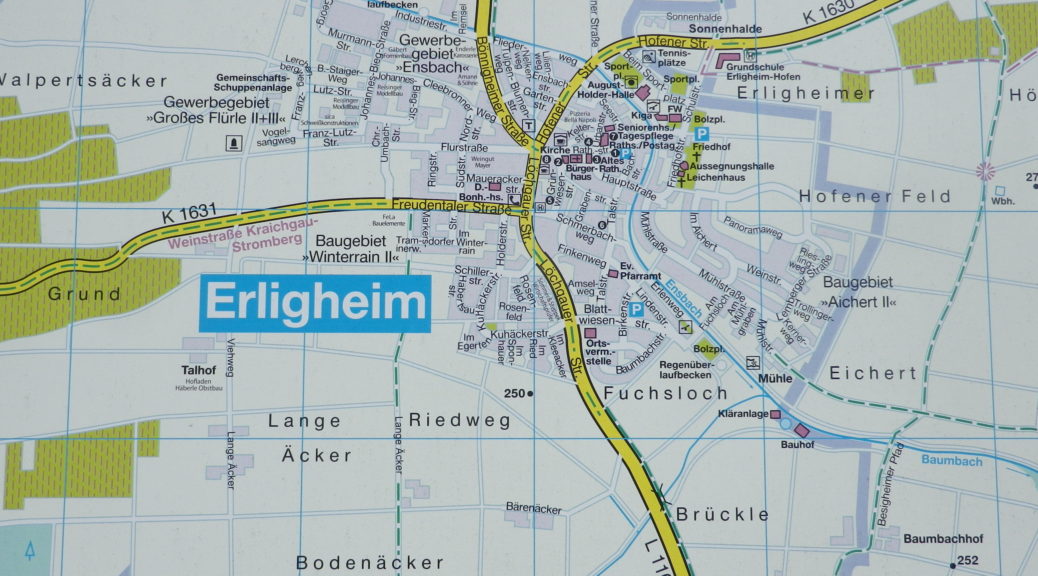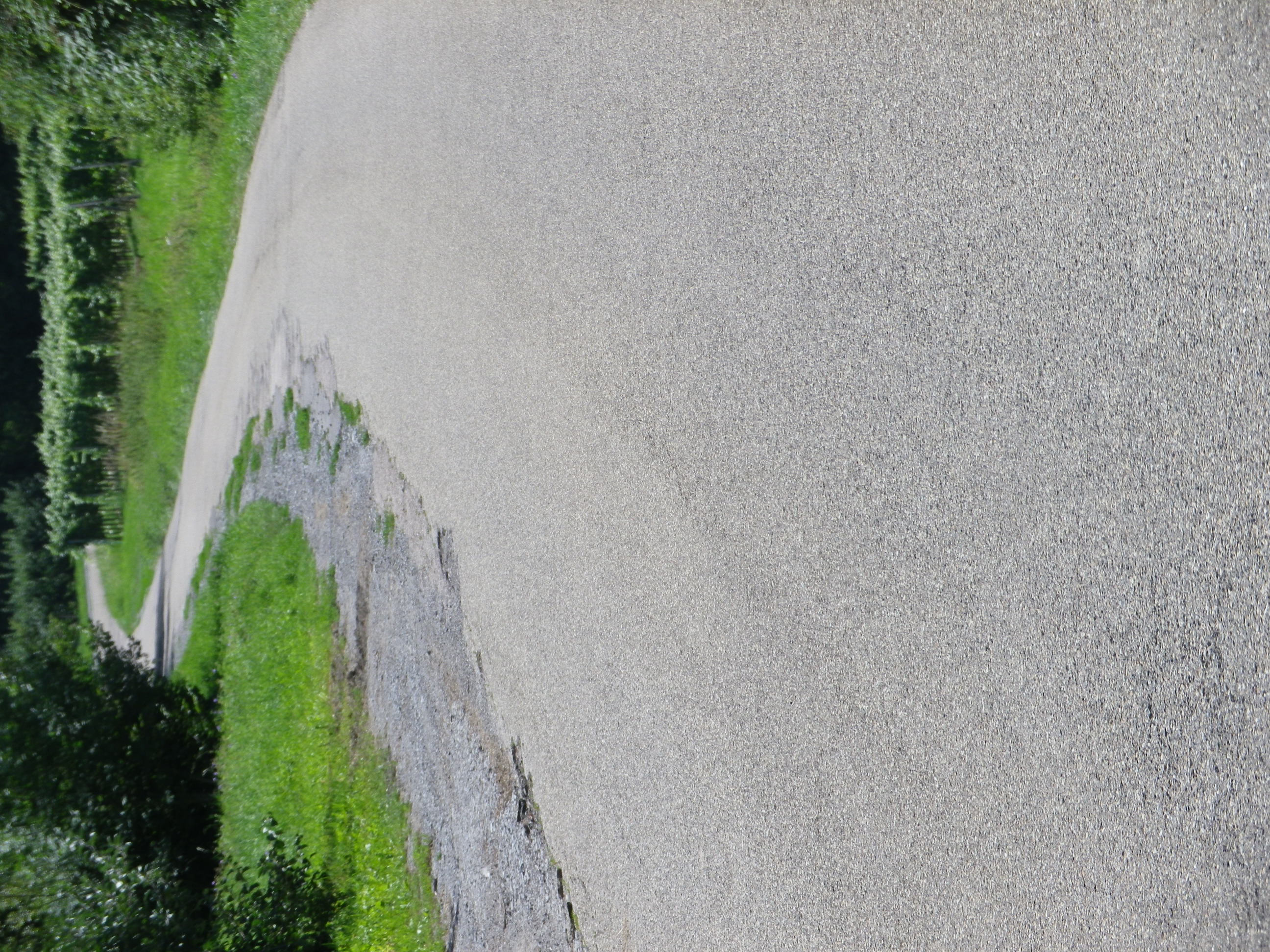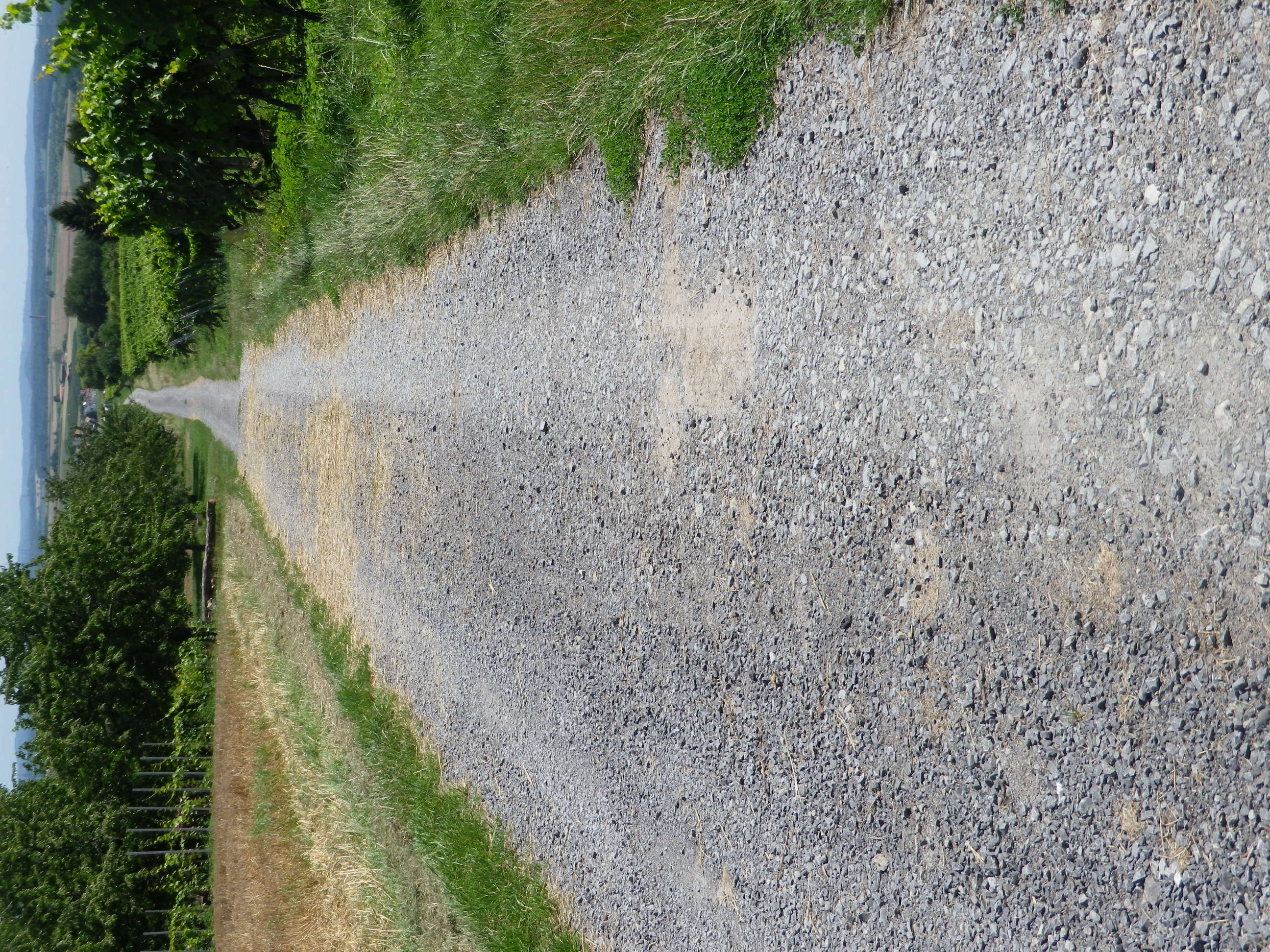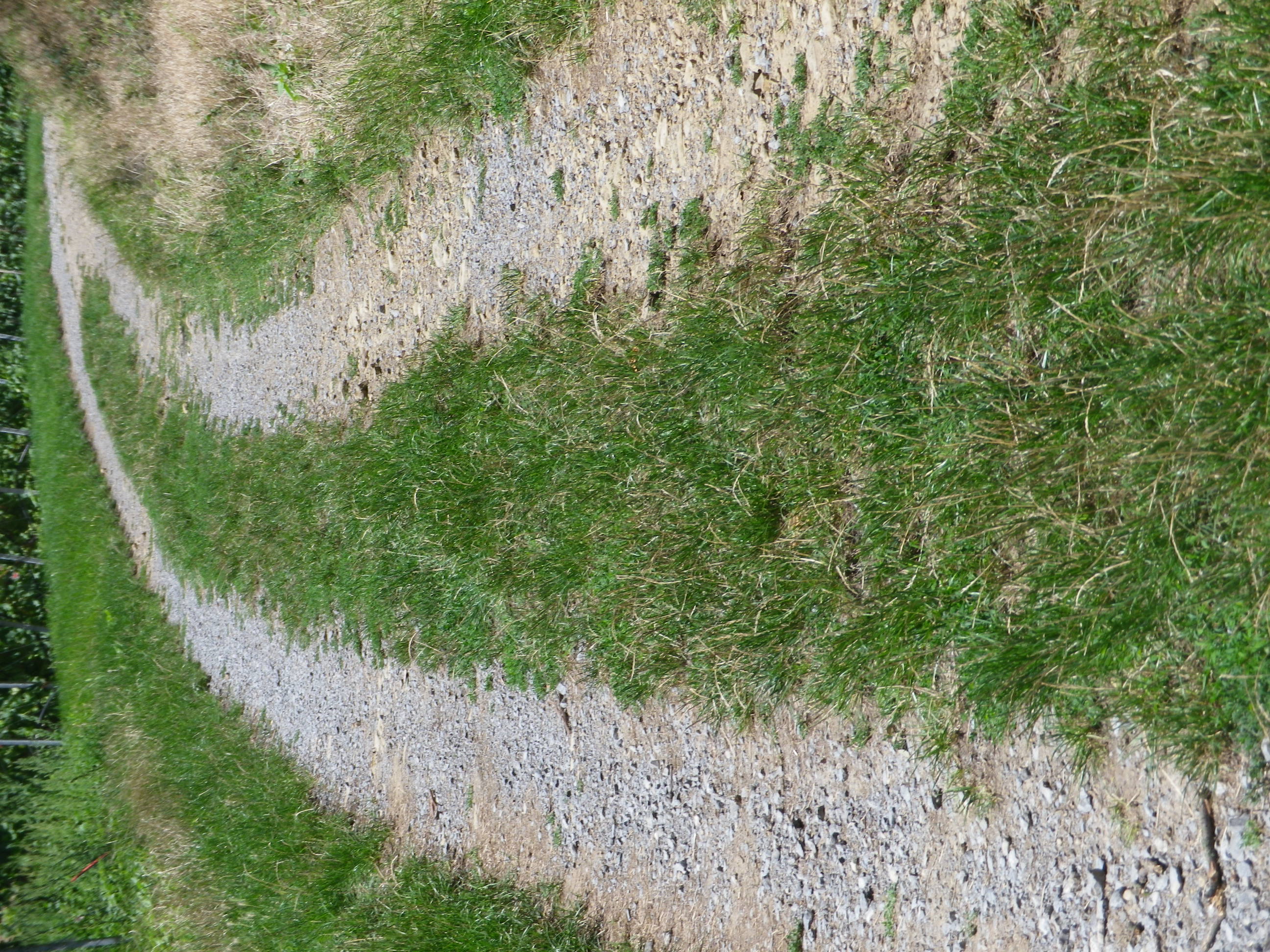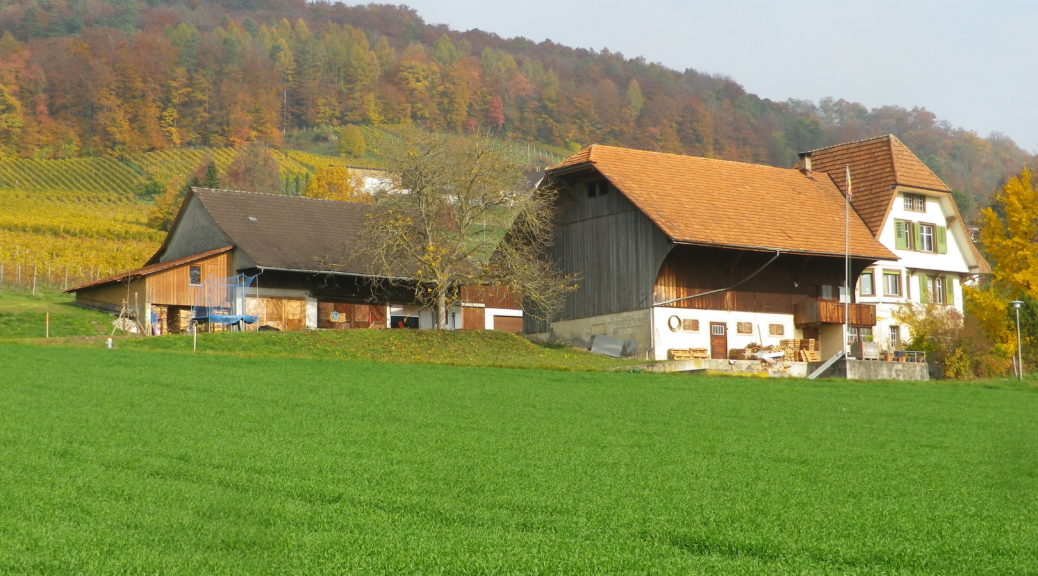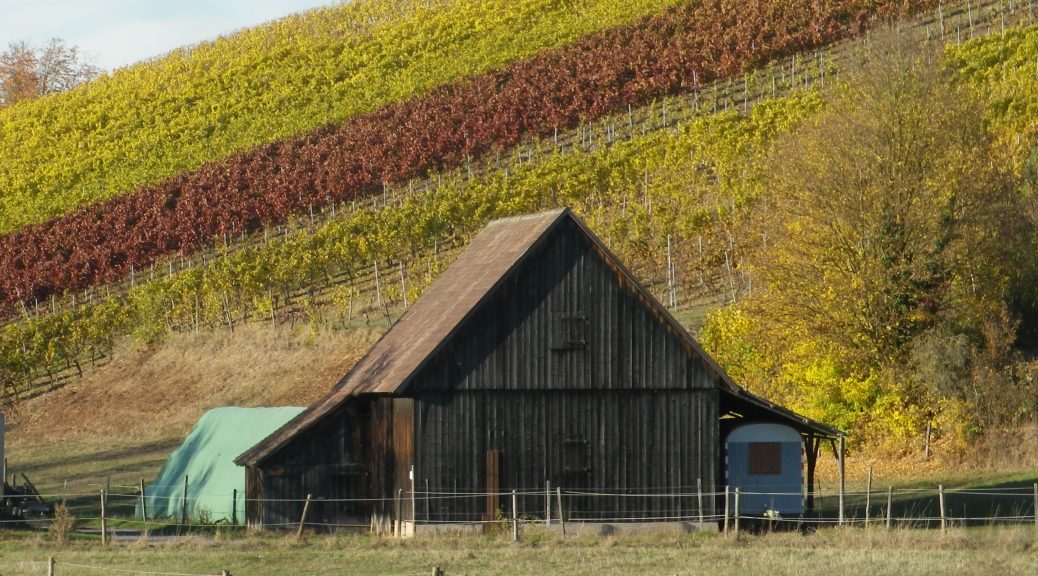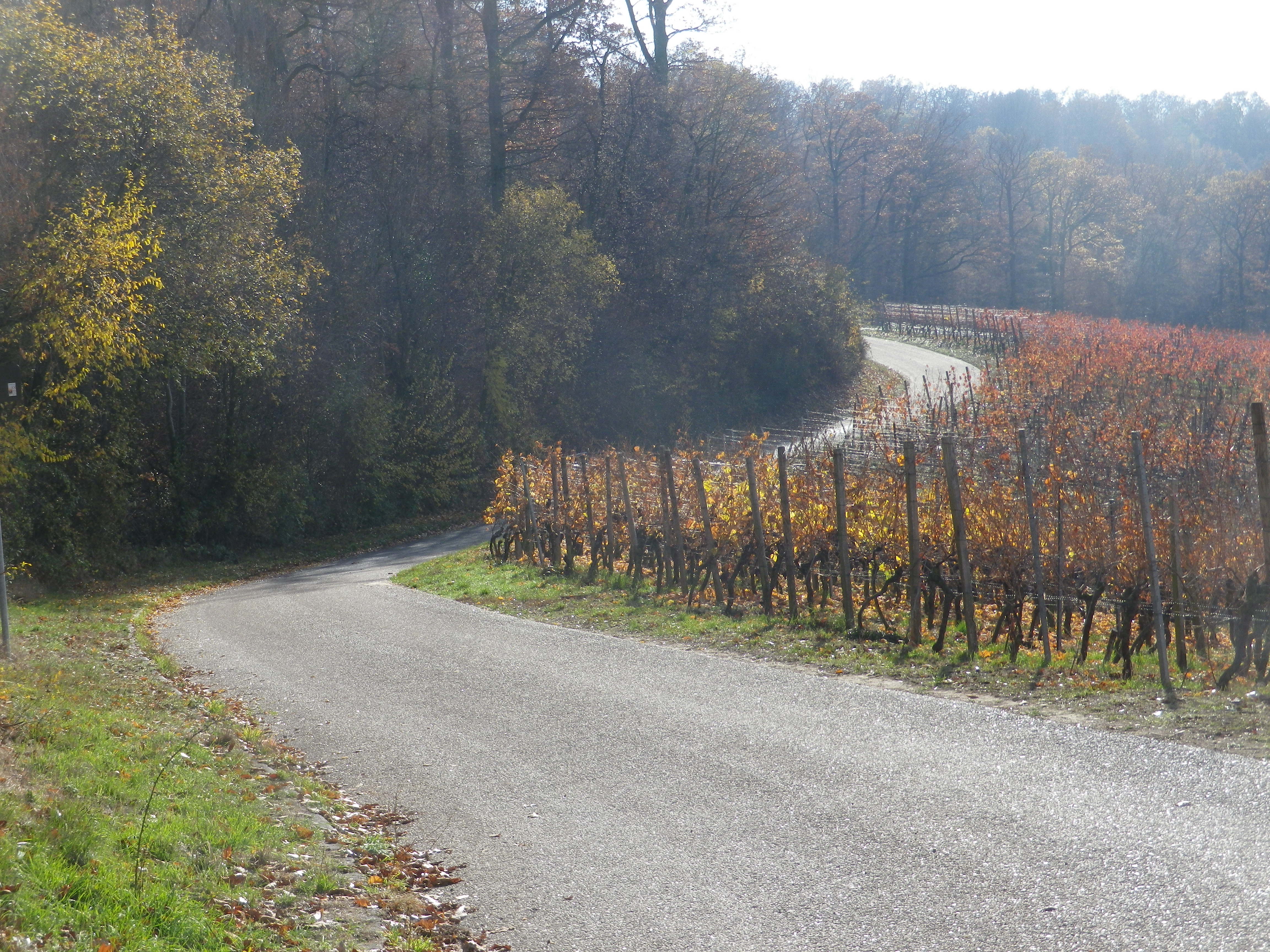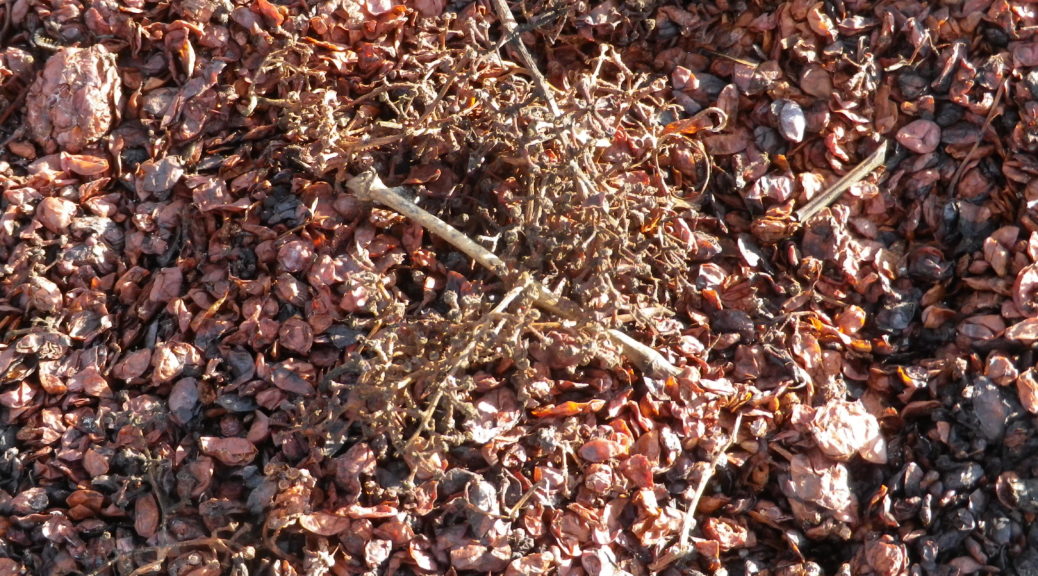December again – the month of short, dark, often rainy or snowy days. The hikes in Germany and Alsace in December are necessarily short due to limited daylight hours, and unmitigated fog which rarely lifts before noon. I can look forward to winter hikes in Germany and Alsace though because of the abundance of cheerfully lit Christmas Markets – a wonderful way to dispel the cold and dark, and embrace the joy of the season.
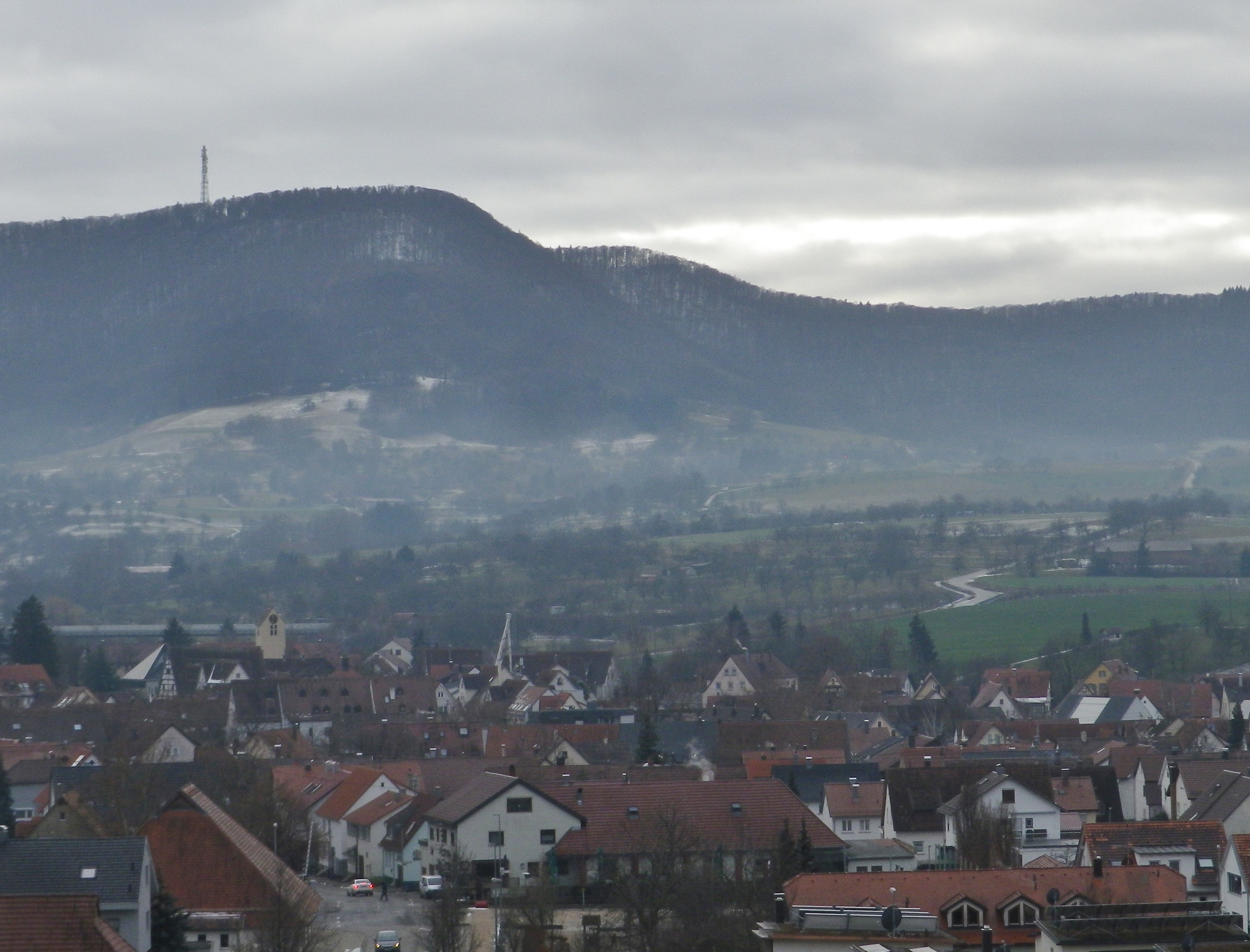
This hike, done at noon on the shortest day of the year, was not too far from the old university town of Tuebingen, which has its own Christmas Market. It was in the vineyard areas of Metzingen, in the hills above the town. This is not far from the Neckar Valley region, before the Neckar meanders through Stuttgart. Nonetheless, there is a very rural feel to this town, and the surrounding countryside forms part of the Schwaebische Alb, a hilly/mountainous region in southern Germany set between the upper Neckar, and the young Danube rivers.
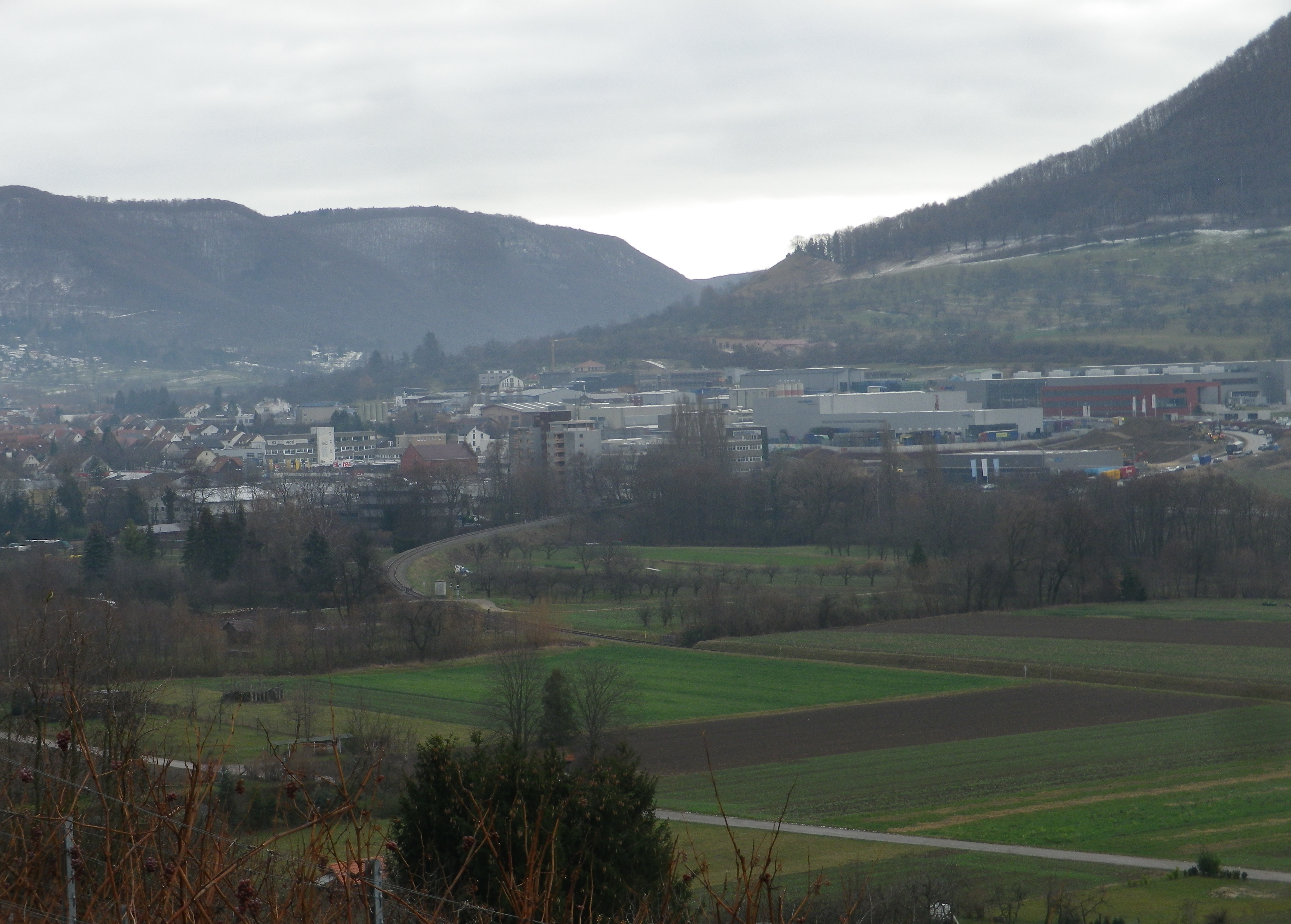
However, the vine-covered hills on the edge of Metzingen are not very high, and hard-packed surfaces traverse the wide slopes. This makes the itinerary to the top suitable for families with young and old alike, and those looking for an easy stretch of the legs. (Be sure to follow the itinerary, which is counterclockwise because the descent is more direct, hence a bit steeper.) The whole Weinerlebnisweg Metzingen-Neuhausen trail may be completed in an hour or so; a bit longer if you read the wine-education boards along the way, and take some time to enjoy the benches, and even a hammock, from which hikers have wide panoramic views of the area south and west.
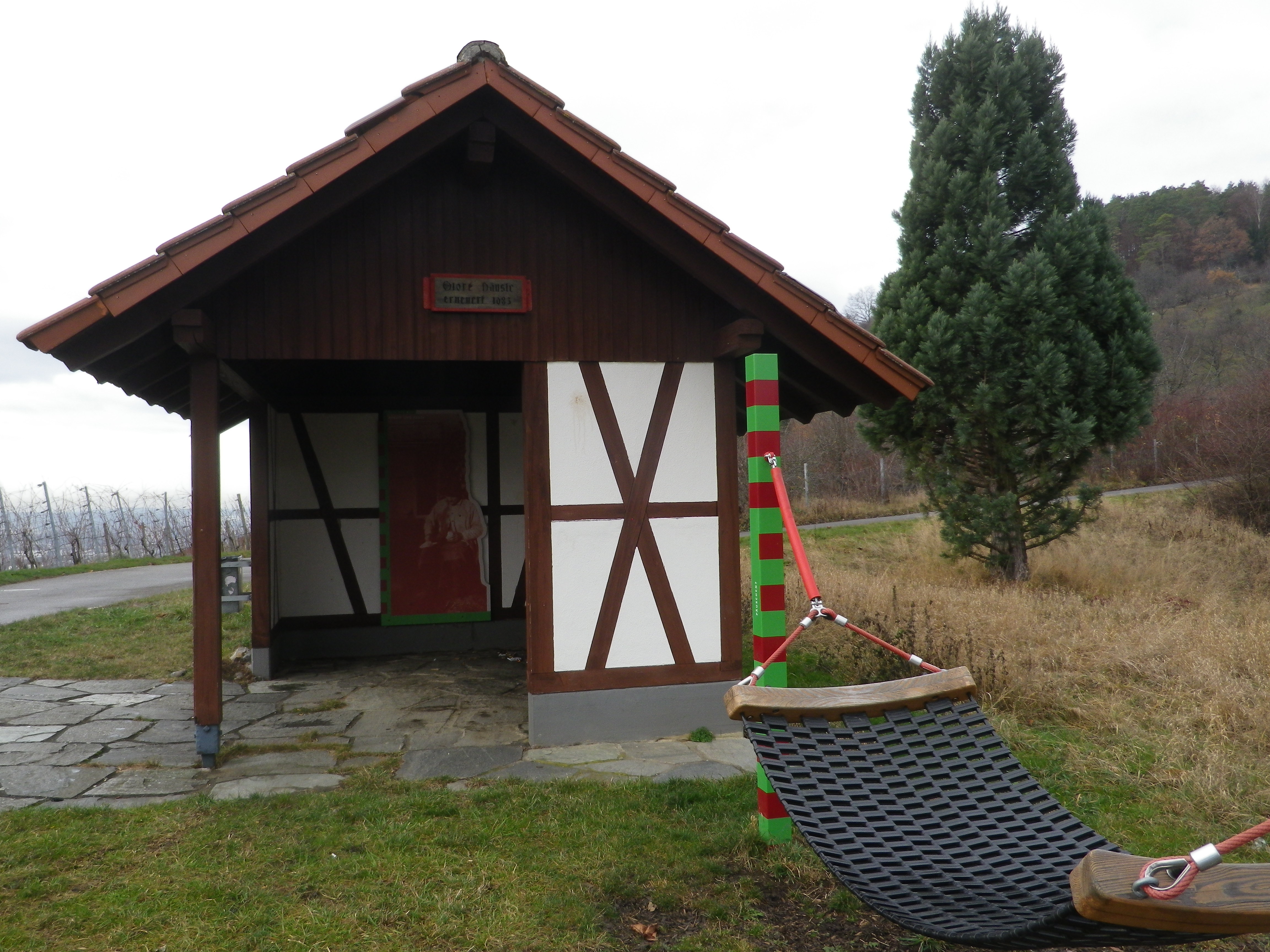
Another nice feature of this trail is that it connects with a sister trail, the Weinerlebnisweg Metzingen, via a connecting loop. (The top half heads out from, the bottom half leads to, the trailhead in Metzingen-Neuhausen.) The two parts of the loop segment are a nice addition. They provide scenic variety, as much of this loop passes through a saddle between the vineyards of Metzingen and Metzingen-Neuhausen. Instead of vines, fruit trees, nut trees and fields predominate here. The trail passes over the little Spalerbach creek before it enters Metzingen.
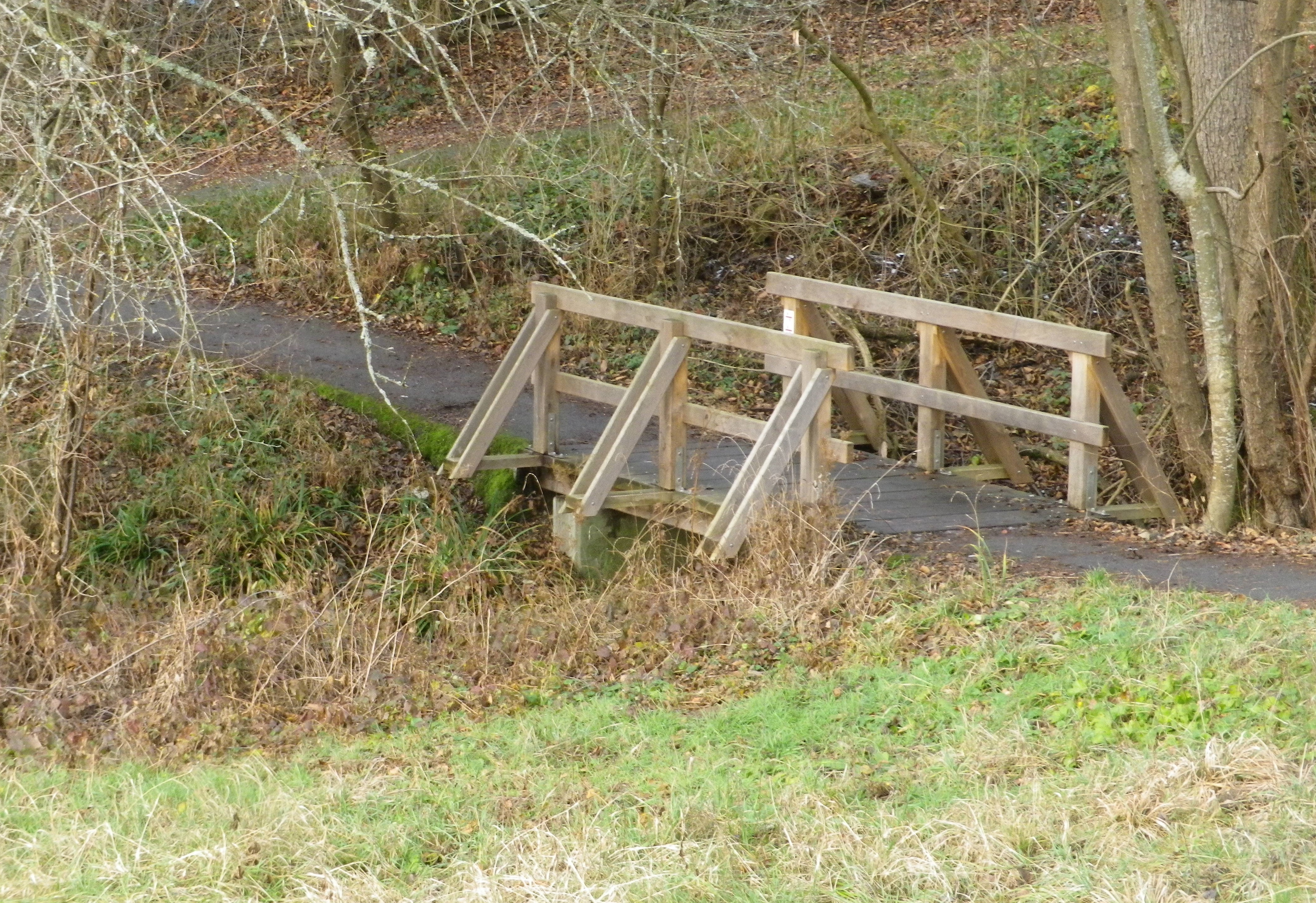
The Weinerlebnis Metzingen is similar in design to the Weinerlebnisweg Metzingen-Neuhausen trail in that it traverses the vineyard slope outside Metzingen. There is an added attraction here though. While vintner huts were conspicuous by their absence on the earlier trail, here they are found in abundance. These little huts serve as storage and shelter in bad weather. Often decorated a bit, they are unique and individualized contributions to the scenery along the trail.
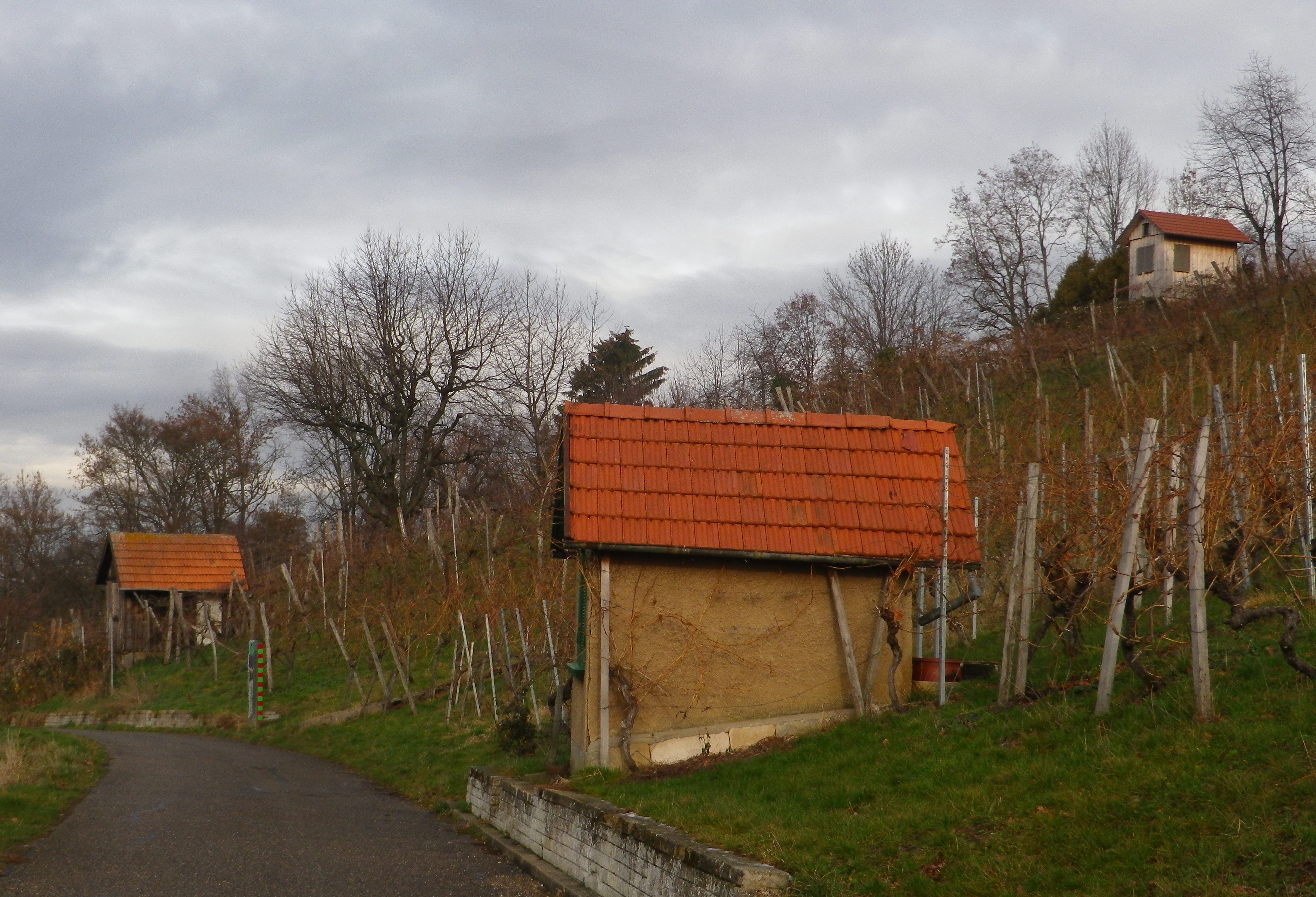
Although I didn’t do it, shortly after the Metzingen Weinerlebnisweg Parkplatz (parking area), once at the bottom of the vineyard, a quick dogleg right, then left onto Neuffener Strasse, continuing beneath the under pass to Nuertinger Strasse, will lead to the Stadthalle and the nearby Kelternplatz. The town has carefully maintained this square devoted to Metzingen’s wine-making history. It is filled with seven half-timbered structures that formerly contained huge wine presses. Now, these building contain, among other things, a vinothek, a wine-museum, a wine-makers house and opportunities to buy or taste the local wines. I visited this square on a previous visit and can say that it is worth a detour. (See the Nutshell here for more information.)
After passing through the Metzingen vineyards, the trail rejoins the connecting loop’s lower part. From there to my start point in Metzingen-Neuhausen, it was a pleasant, albeit very easy, walk, which I completed in the short time that spanned the lifting of morning fog, and the falling of evening’s darkness. While it may not have been a challenging trail in any sense, it was a great local itinerary that drew attention to the centuries old tradition of wine-making in Metzingen and Metzingen-Neuhausen.
